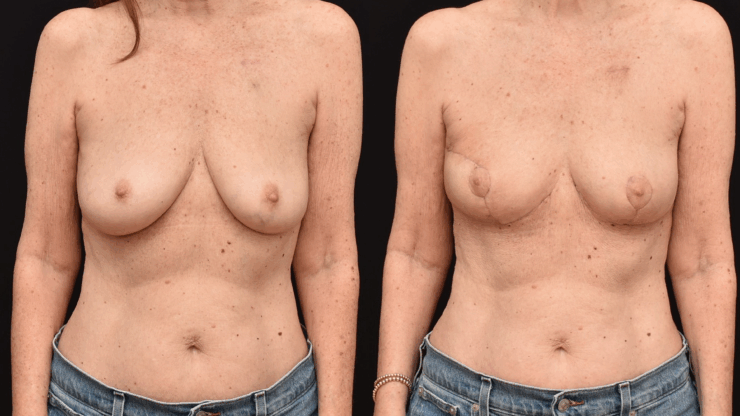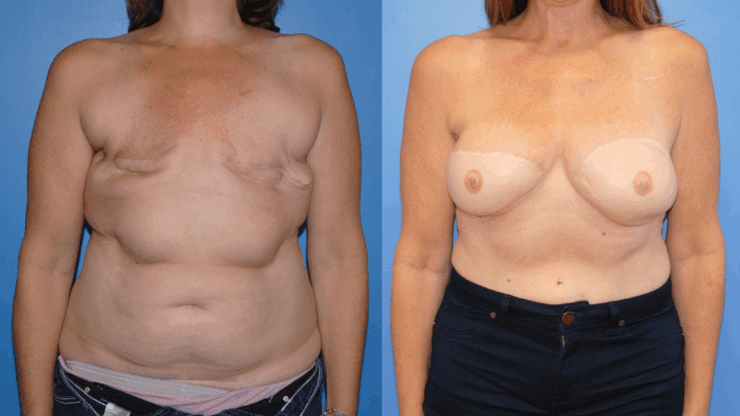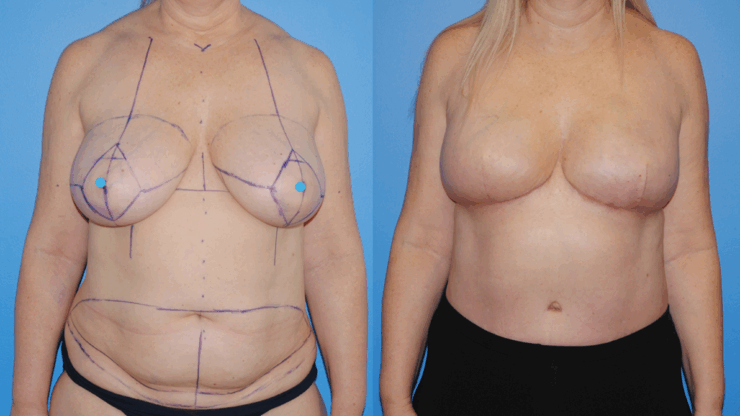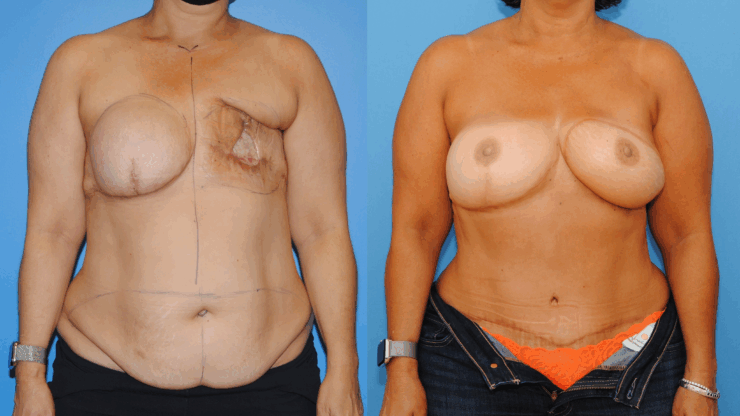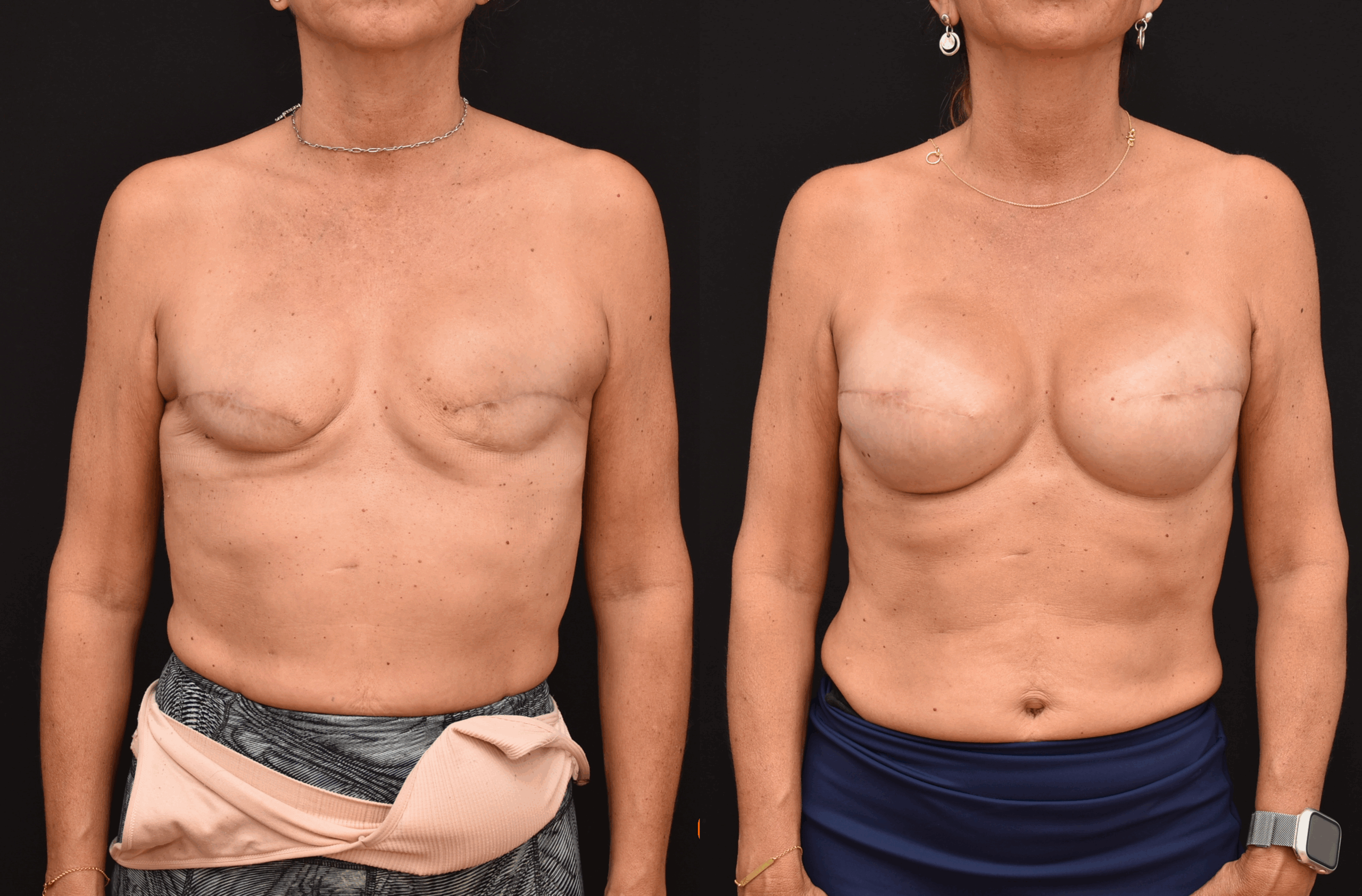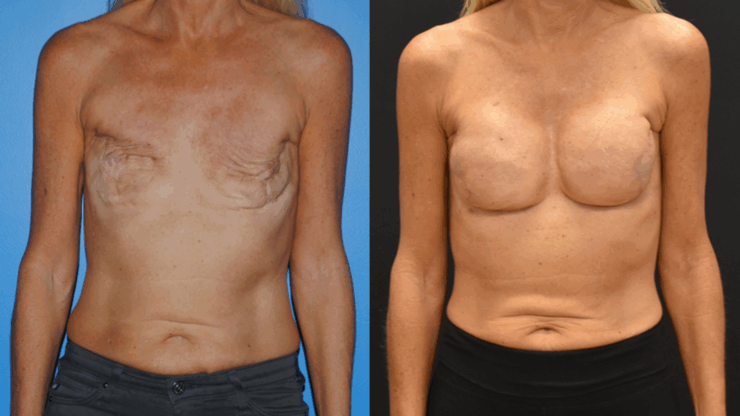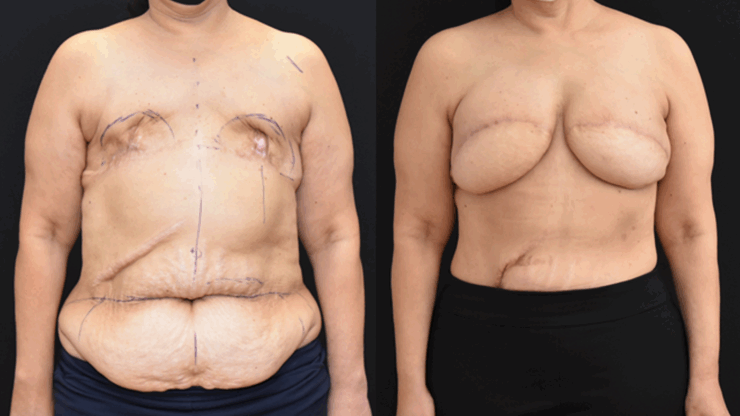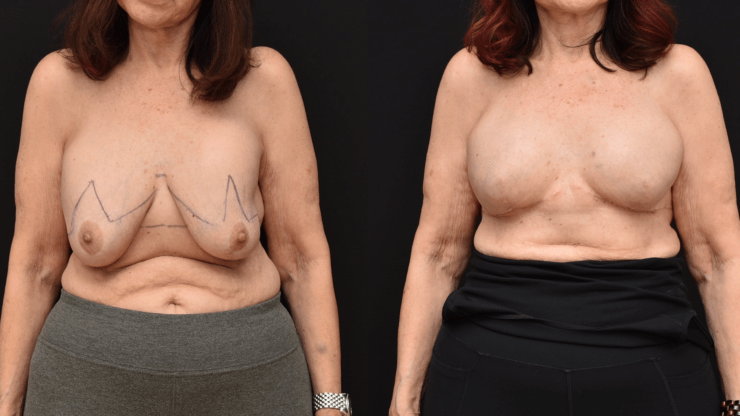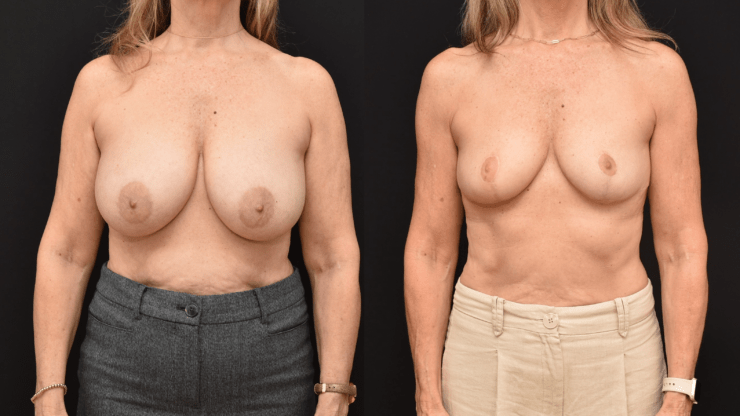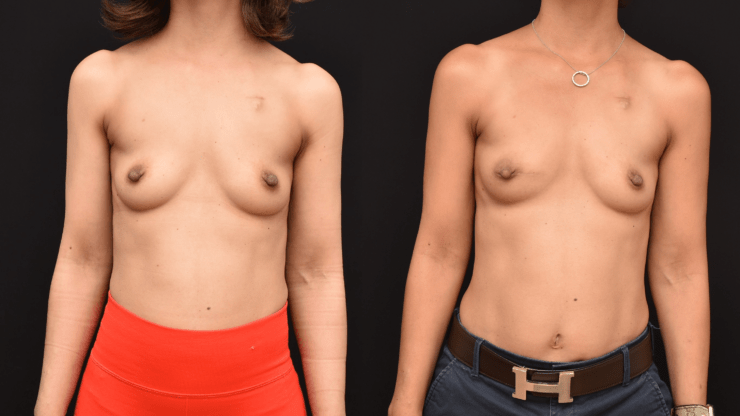October is breast cancer awareness month. Some patients can undergo successful treatment of their breast cancer with lumpectomy and oncoplastic reconstruction of their lumpectomy defect. The same patterns that are used to lift the breast can be used to reconstruct the lumpectomy defect. When the tumor lies outside of the standard breast lift skin pattern, the skin patten can be…
